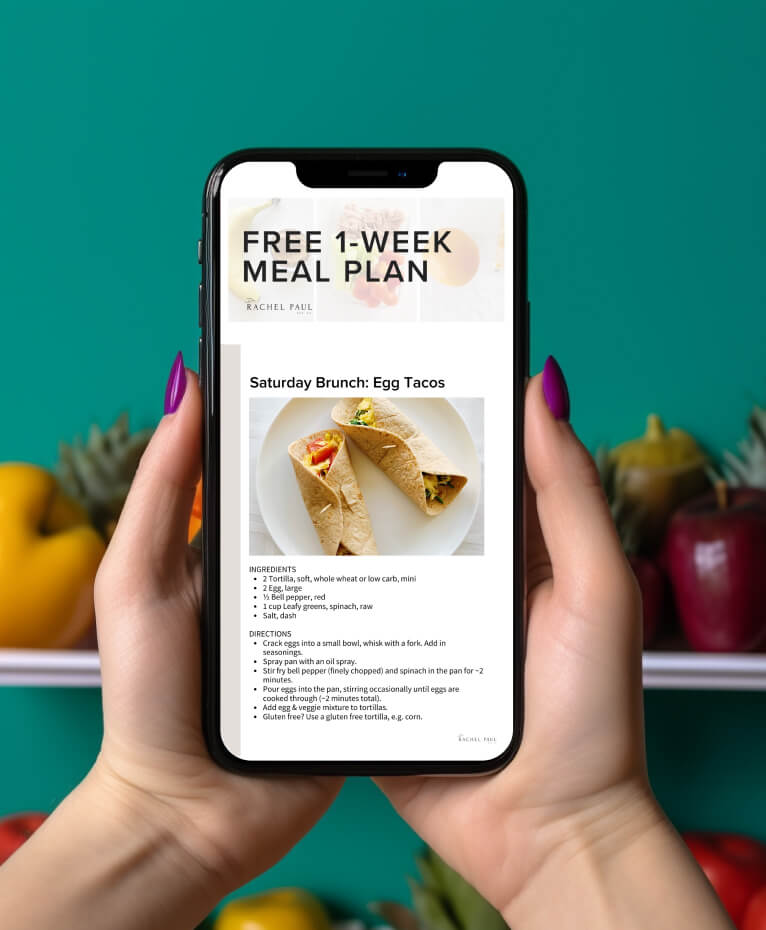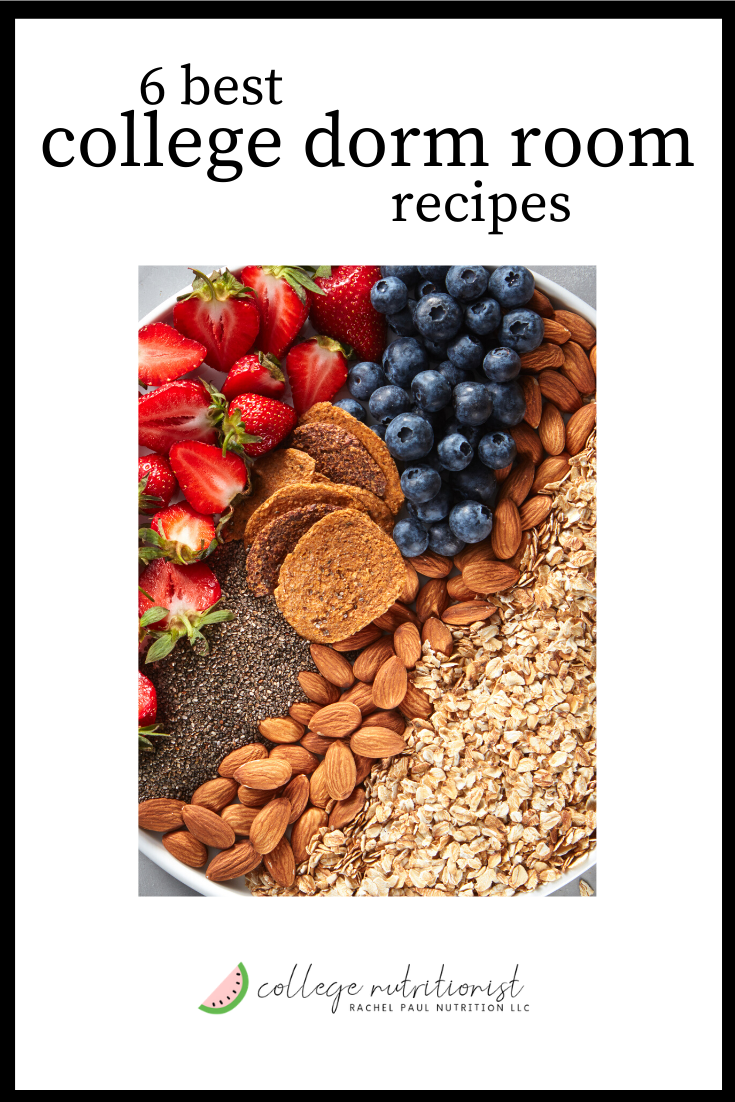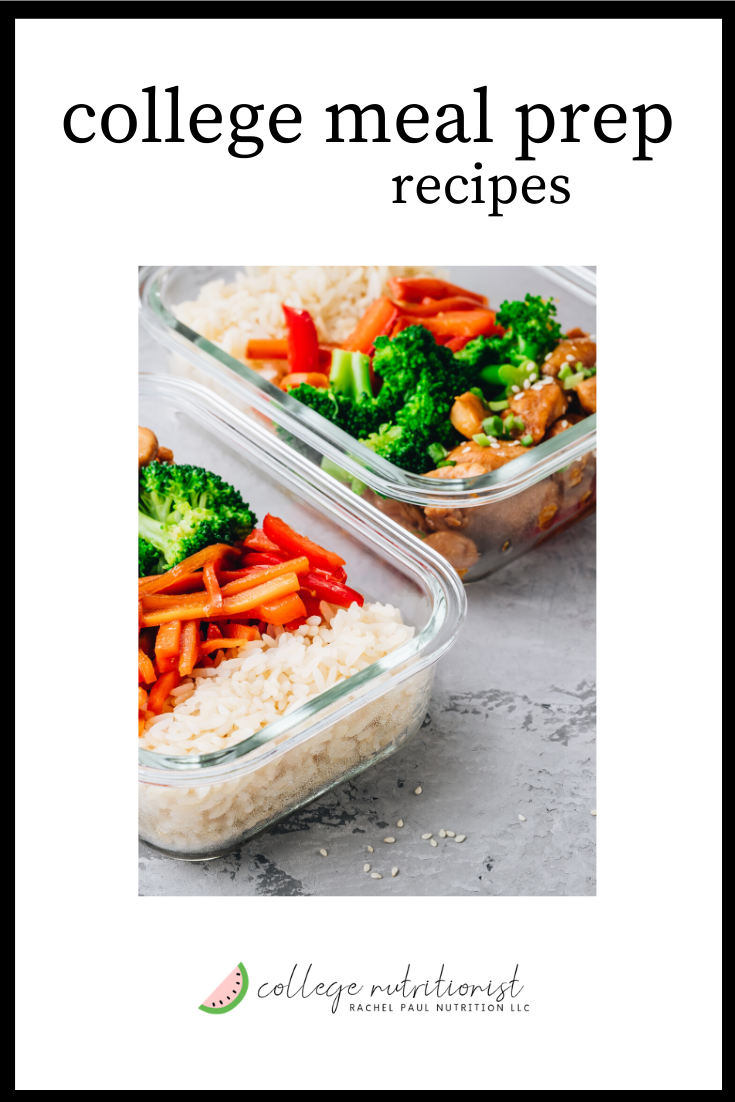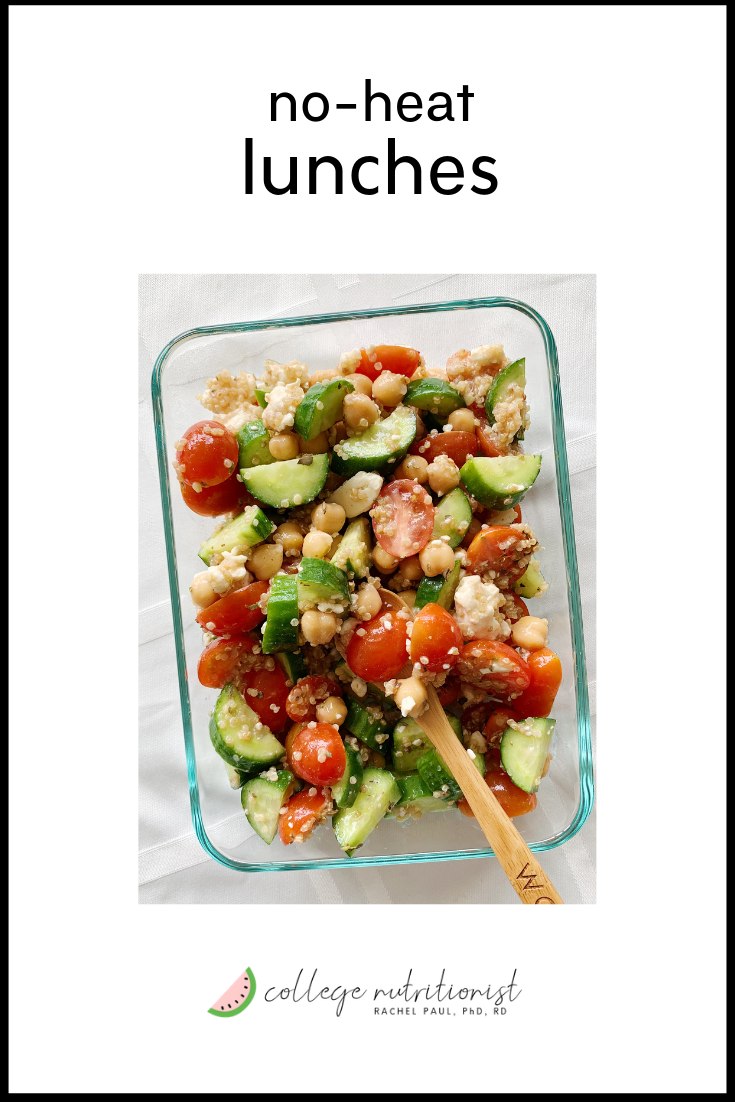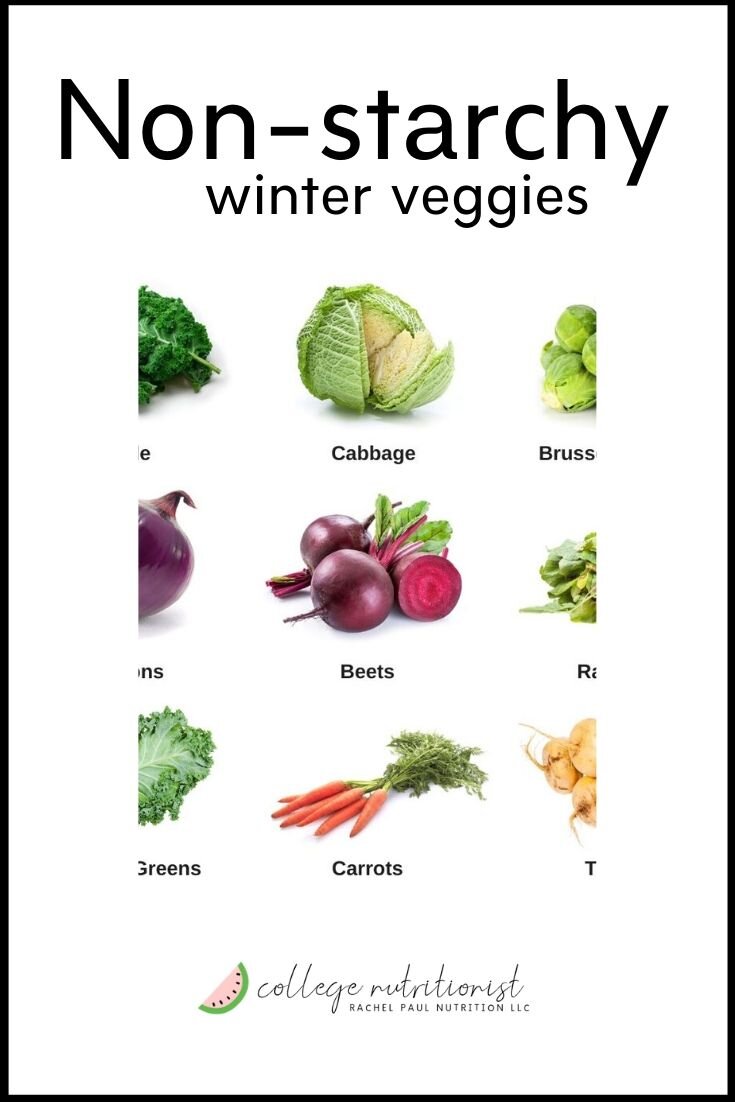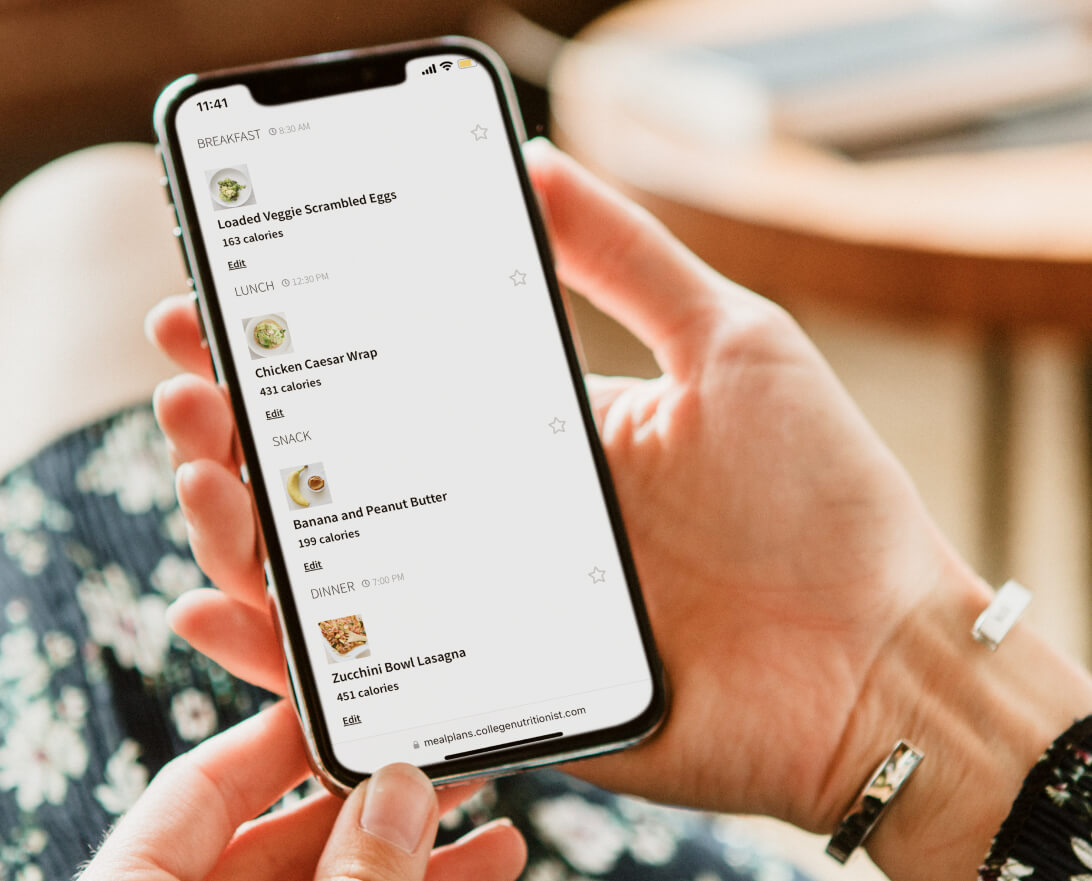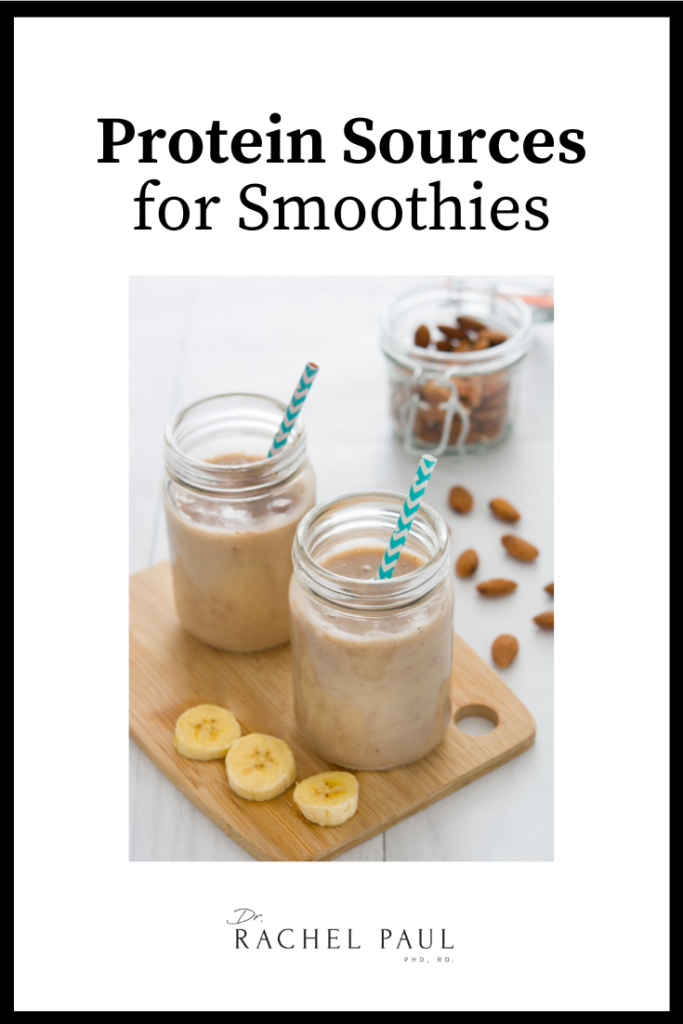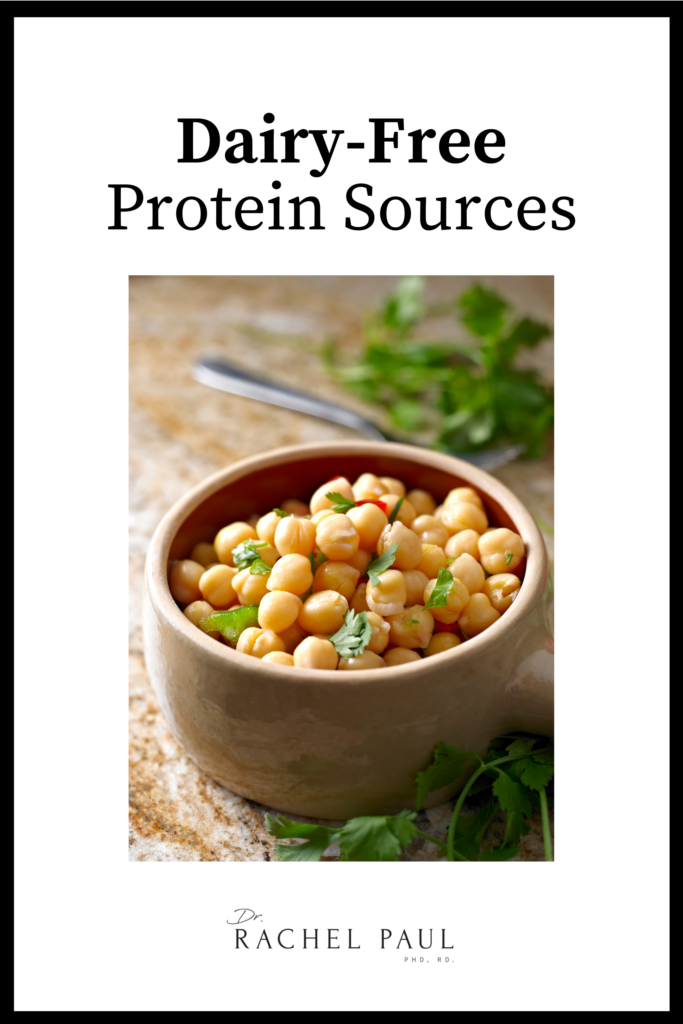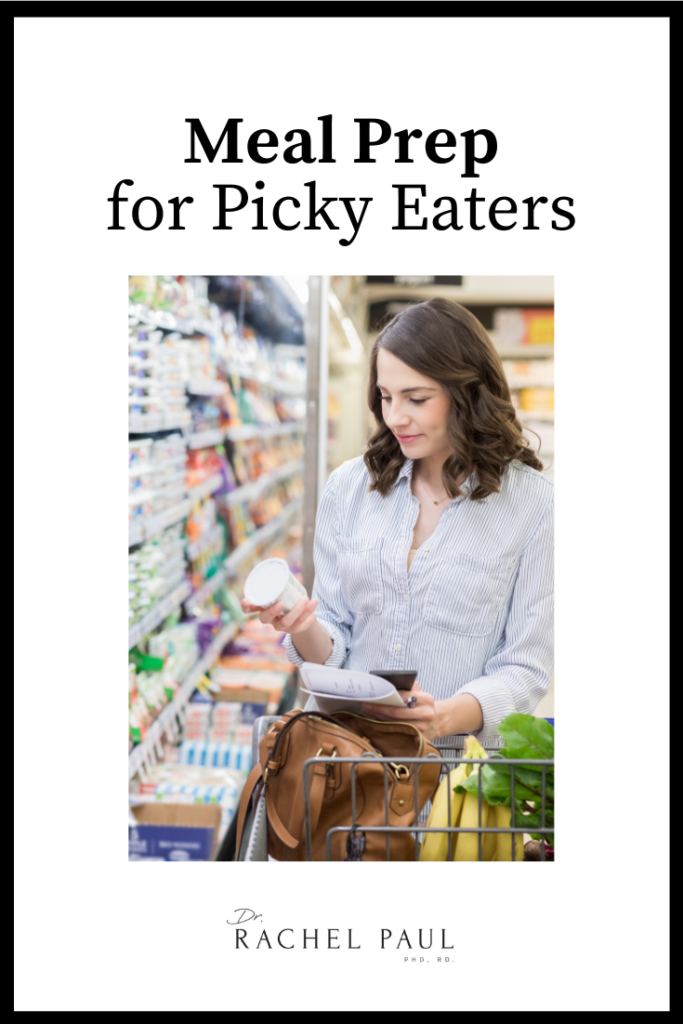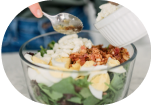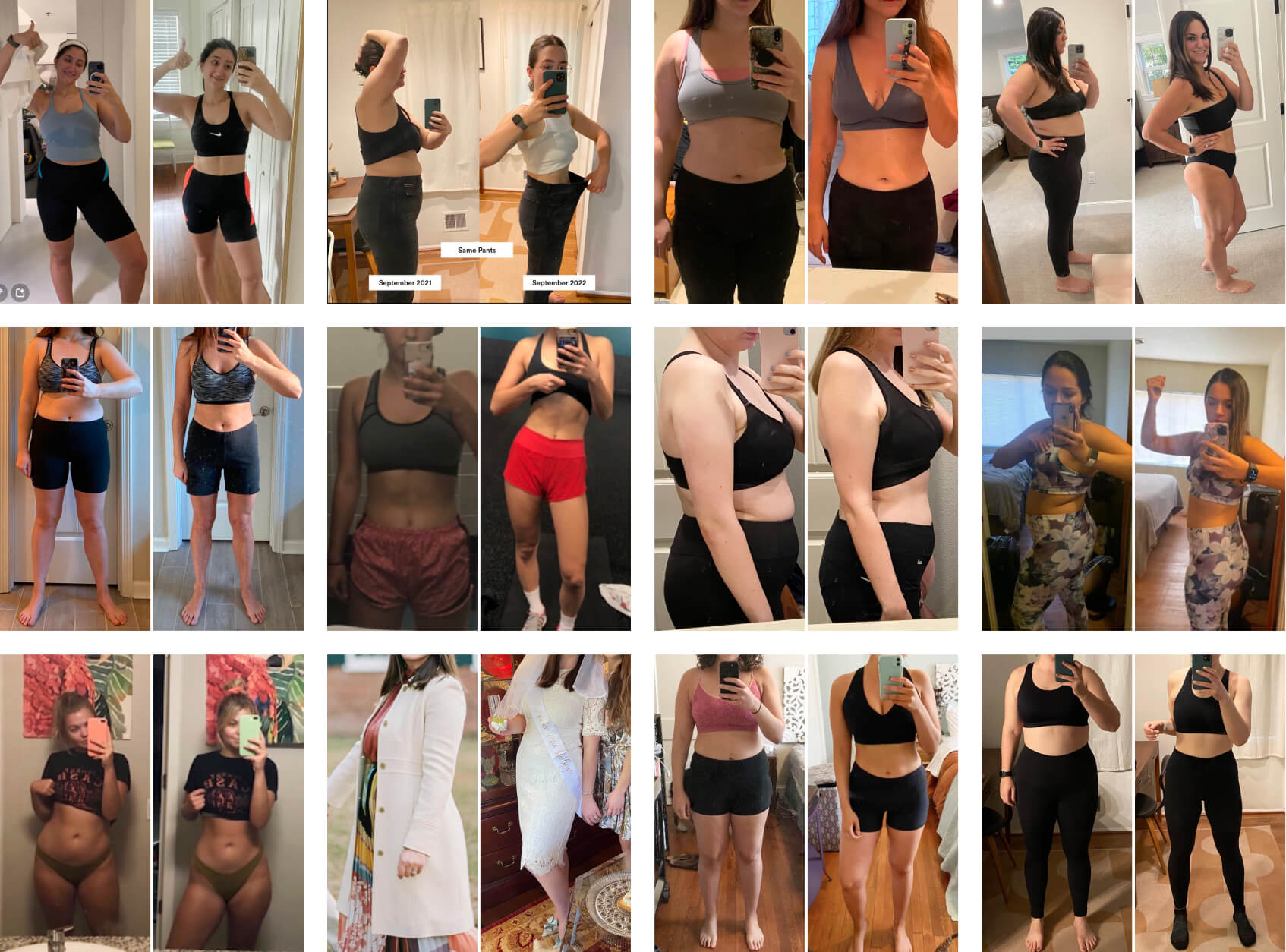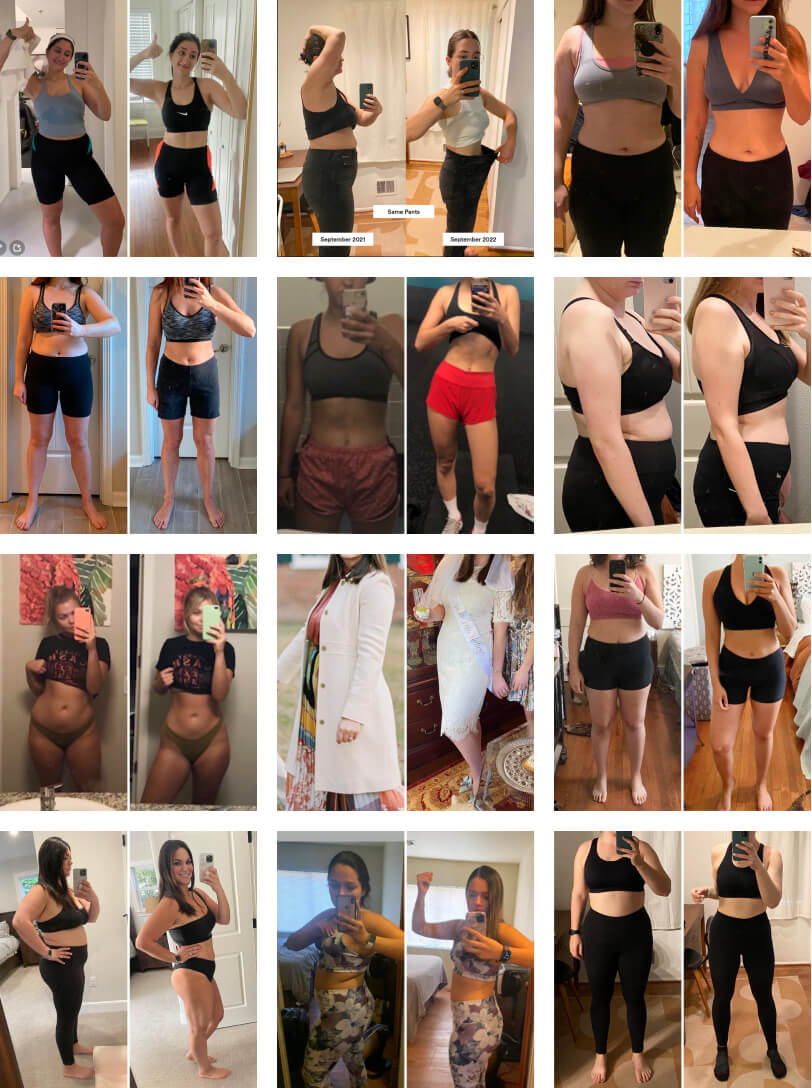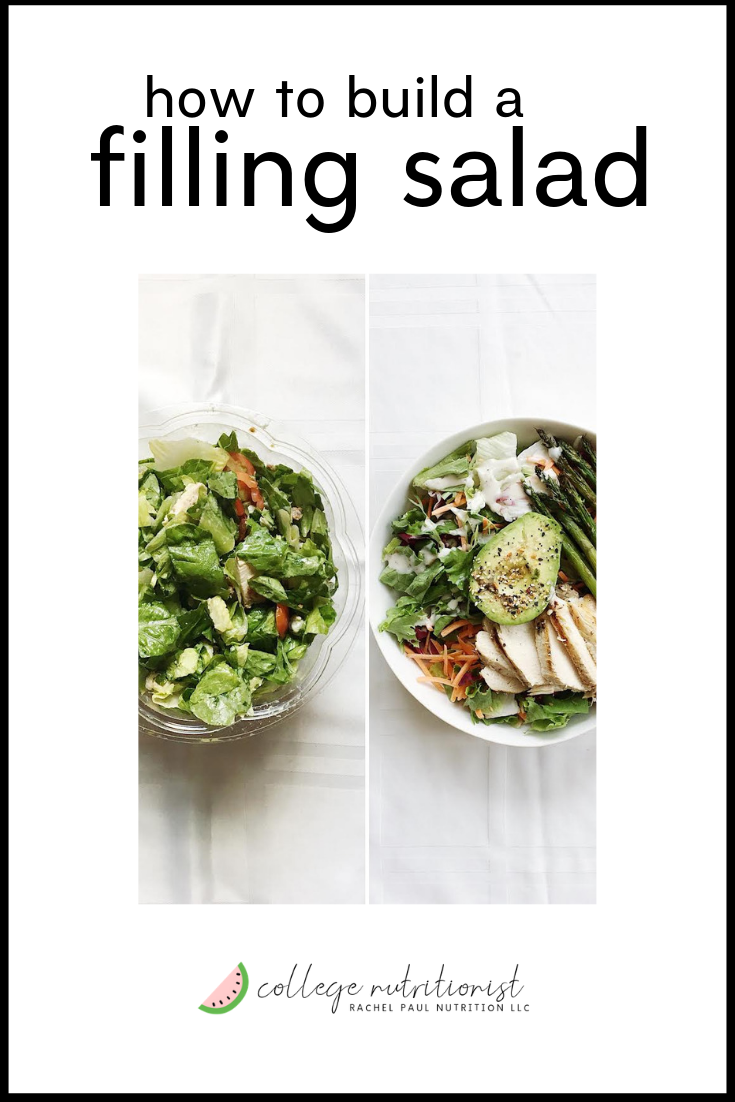
You may have thought in the past: well, I don’t want to spend the energy, time, and money creating a simple salad when I’m going to be hungry and need more food 20 minutes later. Who can get filled up on lettuce? It’s just rabbit food!
I hear you 100%! There are so many excuses for not liking salads, but I’m here to prove them wrong.
I also don’t want you to feel overwhelmed by trying to get the balance right. This doesn’t need to be a case of weighing ingredients, counting calories or having a deep understanding of macronutrients. With a few simple calculations, you can learn the basic structure to build a filling salad that has enough flexibility to work with whatever ingredients you have without it being unnecessarily complicated.
Which is why my lunch & dinner formula works perfectly for salads. If you’re looking for a way to build that perfect for summer salad I’ve got you. Without having to resort to the potato salad classic – you can make a healthy delicious salad with ease. Plus, they’re full of vitamins and minerals.
How To Make A Salad Filling
The most common thing that makes salads not filling is not getting the balance of fat, protein and carbohydrates right. Which is fine if it’s a side dish salad, but to level it up you’ve got to nail that balance. You’re totally right, lettuce on its own probably isn’t going to leave you feeling full and satisfied. But with a few simple additions to your standard green salad, we can change that and stop relegating salads to being a side dish!
Here are my go-to formula salad recipes for lunches & dinners
3 cups non-starchy vegetables (about 50 calories)
1 “regular” serving of protein (about 120 calories)
100-200 calories of fats
Best Things To Put In Salad For Weight Loss
3 CUPS NON-STARCHY VEGETABLES (ABOUT 50 CALORIES)
I break these three cups down into two cups of greens and one cup of non-starchy veggies. You want to bulk out the salad with your greens (whatever they are) and then your non-starchy veggies are going to help fill you up, get a variety of nutrients in and make the salad more interesting than just a big bowl of lettuce. If you like a big bowl of lettuce, no offence intended! I just like a little more variety in my salads.
For the base, choose 2 cups of any green you like – mixed greens, romaine, butter lettuce, arugula, etc. Change it up week to week so you get a variety of benefits, but other than that, choose what you like! Some people love the crunch of iceberg lettuce, others like a more peppery leafy green. There’s so much variety out there of what you can try.
Now, add 1 more cup of non-starchy veggies. The good news is that for many veggies, just choose 1 veggie and chop it up – that’s about a cup! No more “half a tomato here, half a bell pepper there”. Come on, who has time for that?? Again, mixing it up and adding variety is so good for you. If you’re regularly making salads helps as you can leave behind a half a tomato and know that it’s going to get added into tomorrow’s salad. Use what you’ve got and don’t stress if you don’t have exact amounts of anything.
Here are some ideas for salad ingredients, but the world is your oyster!
1 tomato, chopped
1 cucumber, chopped
1 cup chopped cabbage
1 cup baby carrots, chopped
1 cup celery, chopped
1 bell pepper, chopped
1 “REGULAR” SERVING OF PROTEIN (ABOUT 150 CALORIES)
1 can tuna
2 hard boiled eggs, cut in halves or quarters
1 grilled or baked chicken breast
4oz grilled or baked steak
1 tofu “steak”
1 4oz grilled or baked salmon filet (or other fish)
4oz ground, stir-fried beef or turkey
As you can see, you can also add a lot of variety at this stage of your salad. There are so many options! Tins of tuna are easy to have in the cupboard for those busy days or when you haven’t had time to get to the grocery store. Boiled eggs can be made in large batches and kept in the fridge for up to a week, unpeeled. Or if you’re studying at home, you can grill or bake up a different protein option. Meal prepping is also a great idea on the weekends so you have portions of protein ready to go for the week.
If you’re cooking, I generally recommend cooking with an oil spray instead of using oil, because eating the fat is typically more filling and satisfying than having it in more of a liquid form.
I will also say that it is 100% ok to buy pre-cooked foods like grilled chicken strips. Make it EASY for you to succeed with your goals.
100-200 CALORIES OF FATS
There’s such thing as healthy fat, and your body actually needs it! So, I always try to include 100-200 calories of fats in my salads (mostly healthy, but not always).
1/8-1/4 cup nuts
1/3 cup shredded cheese (like cheddar, mozzarella, etc.)
1/3 cup cheese crumbles (like blue cheese, feta, etc.)
1 single-serving packet guacamole
1/2 avocado
1/3 cup bacon bits (or about 3 bacon strips)
2 Tbsp oil-based dressing
SALAD DRESSING: Choose low calorie when you can
For salad dressing, my general rule of thumb is to choose one with less than 50 calories per 2 Tablespoons. This way, you still get the salad dressing taste, but you’re not wasting hundreds of calories. Here’s my article on my favorites from Trader Joe’s, but you can find low calorie salad dressings anywhere.
If you want to make your own, put the ingredients in an app like Lose It in a recipe, and see how much a serving would be (how many Tablespoons)
.
If you want to stick with oil & vinegar, this is of course fine, but either count the oil as the fat in your salad, or just use a little bit of oil, and much more of the vinegar. You can do lemon juice or lime juice instead of vinegar, and as far as the oil goes, olive oil is the best option. You can also do olive oil, lemon juice, salt and pepper for a simple dressing.
Here are some salad EXAMPLES!
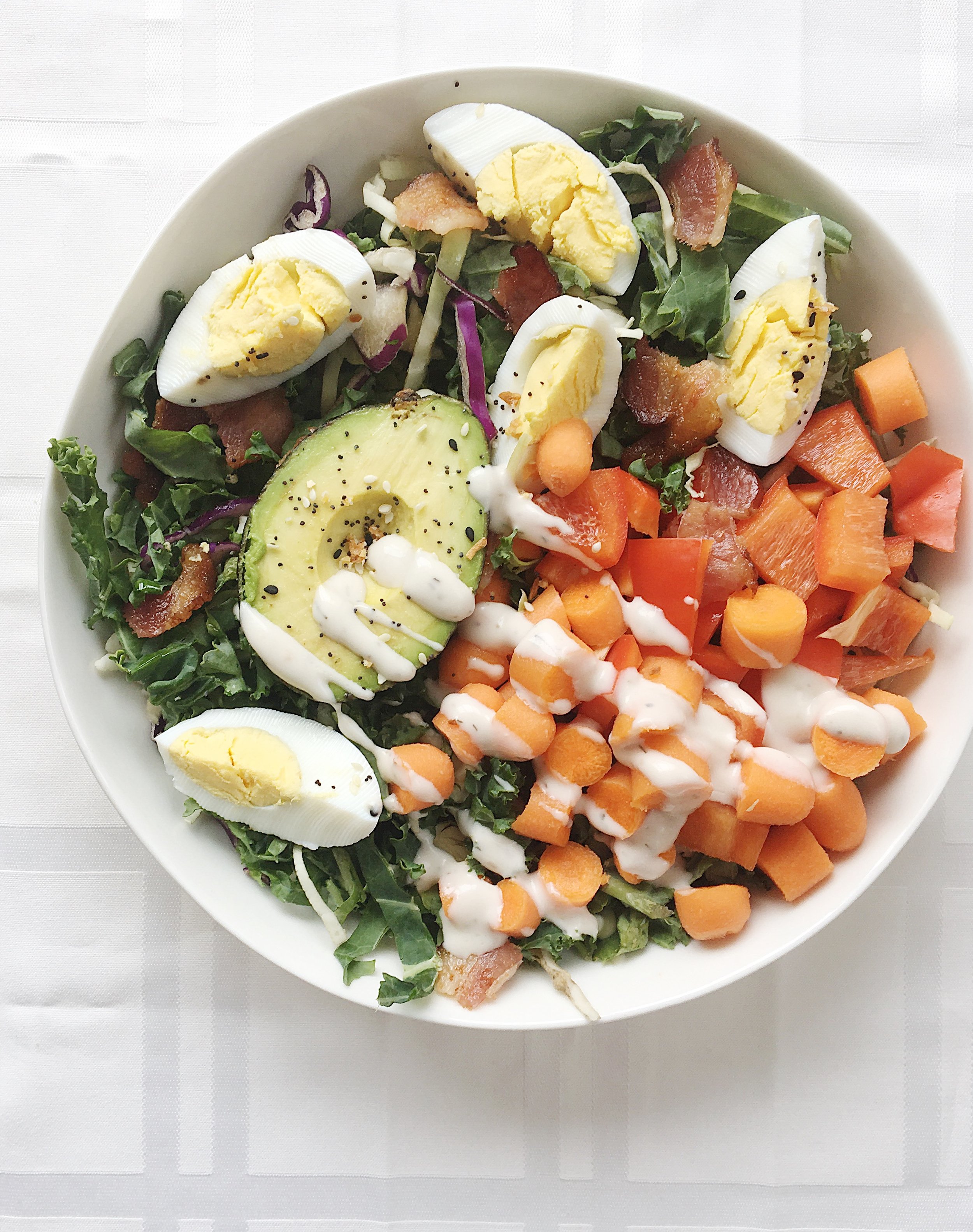
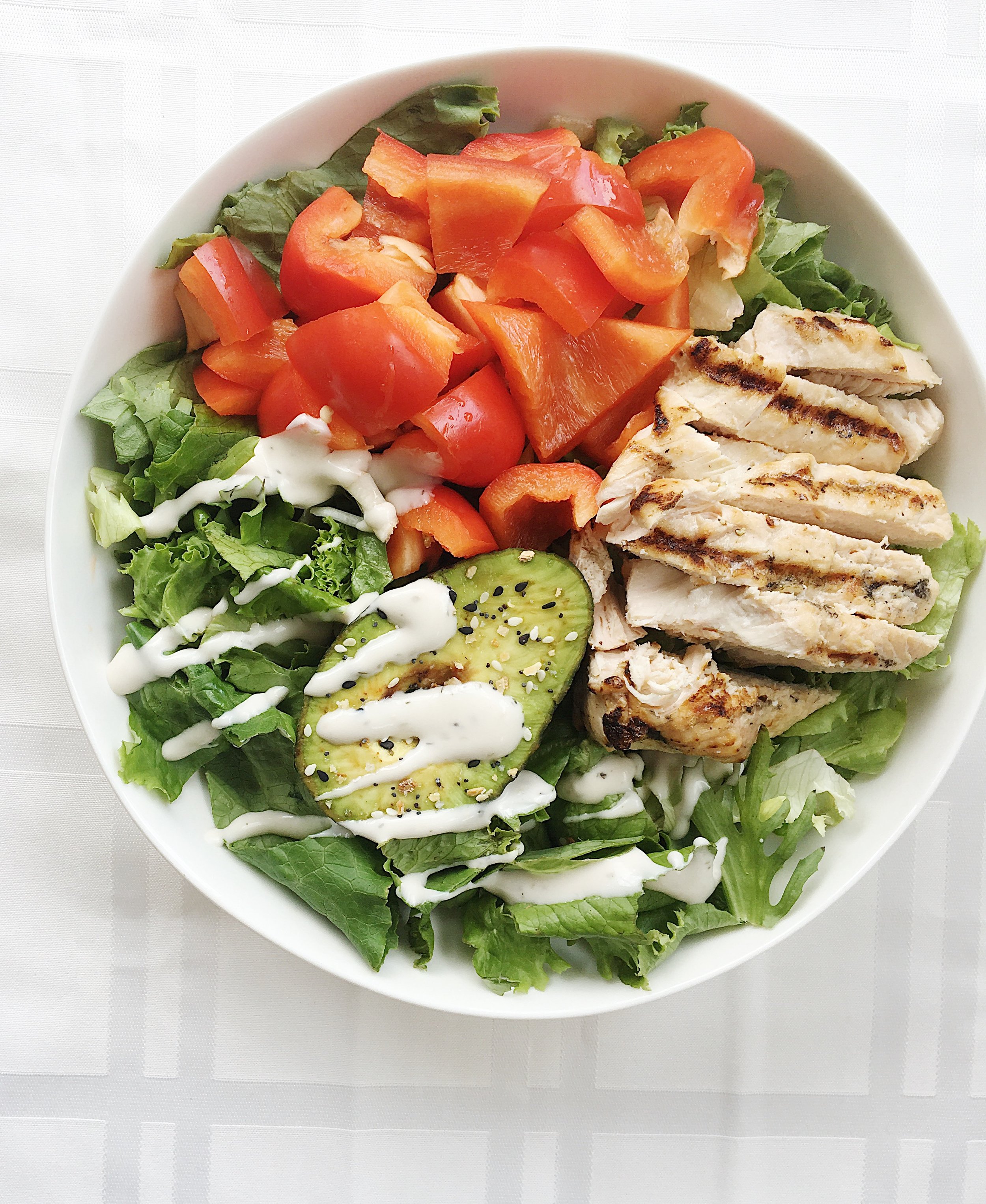
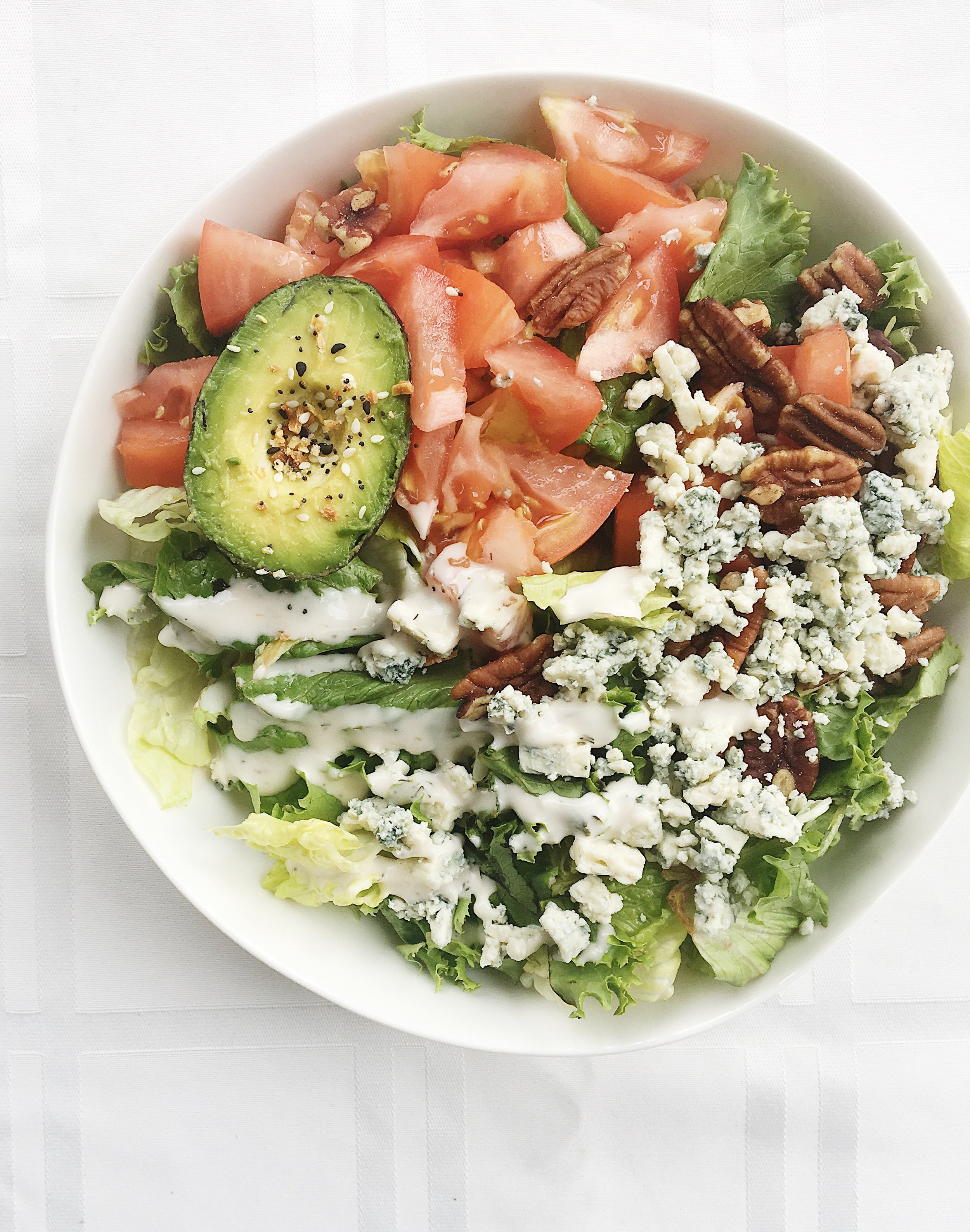
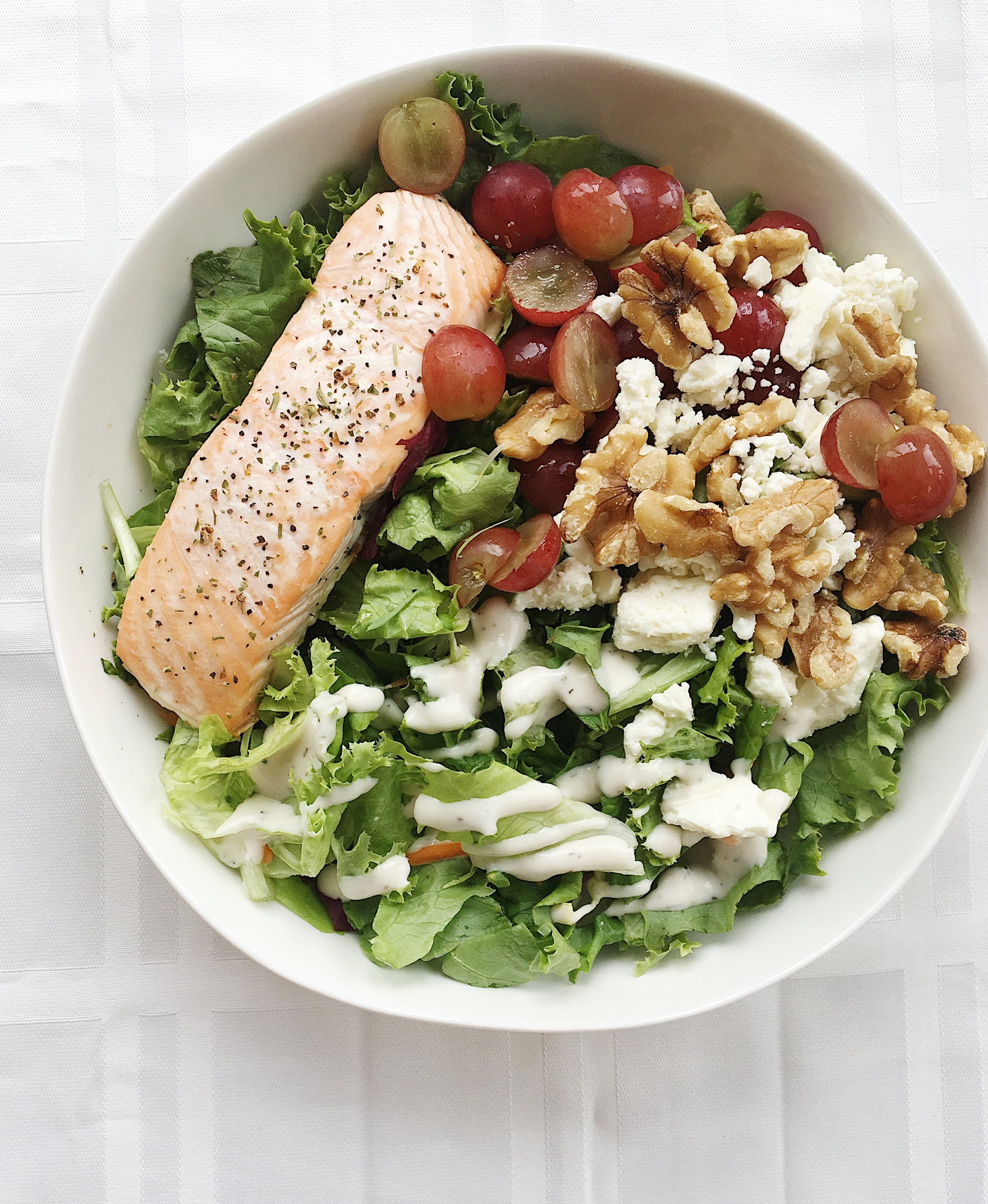
Filling Salad Recipes
Looking for a bit more structure or some other ideas? Here are some of my other favorite salad options.
Kale Salad with Chickpeas and Olives
334 calories
Ingredients
3 cups Leafy greens, kale, raw
½ cup Beans & legumes, garbanzo beans (chickpeas), cooked
1 oz Olives, whole
¼ cup Guacamole
1 serving garlic salt
1 Tbsp Garlic, minced (Tbsp)
Instructions
Spray a pan with an oil spray, add in minced garlic
Stir-fry kale and garbanzo beans ~5 minutes on medium heat
Add in olives and seasoning
Have guac on the side
Summer Corn Salad
451.5 calories
Ingredients
½ Avocado, small
1 cup Tomatoes, grape
1 serving Cucumber
⅓ cup Cheese, Parmesan, shaved (cups)
1 cup Corn, kernels
2 Tbsp Vinaigrette, light (less than 50 calories per 2 Tbsp)
1 serving basil
1 serving salt
Instructions
Halve tomatoes, cut cucumber into small pieces, cube avocado
Mix all ingredients together
No dairy? Use a dairy-free cheese or additional avocado
Char and Black Bean Salad
413.75 calories
Ingredients
½ cup Beans & legumes, black beans, cooked
¼ cup feta or goat cheese
4 oz Char
2 Tbsp Cilantro
1 tsp Red pepper flakes, dash
1 serving salt
1 serving pepper
Instructions
Spray pan with an oil spray.
Add in Char and cover with a lid for ~8-9 minutes, cook on lowest heat.
Remove once fish is easy to flake, season after cooking.
While fish is cooking, combine beans, feta cheese, cilantro (chopped), and seasonings.
No dairy? Use crumbled bacon.
Light Greek Salad
323.25 calories
Ingredients
1 Tomato, medium
1 Cucumber, small
4 oz Chicken breast, boneless, skinless, raw
¼ cup Cheese, crumbled, feta
1 Tbsp Vinaigrette, light (less than 50 calories per 2 Tbsp)
1 serving oregano
1 serving basil
1 serving salt
Instructions
Dice chicken. Chop tomato & cucumber into small pieces.
Spray a pan with an oil spray.
Cook chicken for ~8 minutes on medium heat, until cooked through.
Mix ingredients together.
No dairy? Use avocado or oil. No chicken? Use tofu or tuna.
Pasta Salad with Arugula and Avocado
343.25 calories
Ingredients
1 cup Leafy greens, arugula, raw
1 cup Tomatoes, grape
¼ red onion
2 slices Uncured bacon
½ cup Pasta, elbows, whole wheat, cooked
½ Avocado, small
1 serving Everything bagel seasoning, dash
2 Tbsp Vinaigrette, light (less than 50 calories per 2 Tbsp)
Instructions
Cook pasta as instructed on package.
Halve tomatoes, dice onion, and cube avocado.
Cut bacon into small pieces with kitchen shears.
Fry bacon on stove top on lowest heat, mixing frequently, ~8 minutes, or until cooked through.
Mix all ingredients together in a bowl.
No bacon? Use turkey bacon or soy bacon. No avocado? Use extra bacon.
Note: I like Trader Joe’s fat free vinaigrette – but Paul Newman, Whole Foods, etc. all have good light dressings.
Rachel’s Go-To Salad with Sausage
378.5 calories
Ingredients
1 serving Sausage, chicken
⅓ cup Cheese, crumbled, feta
1 Tbsp Pecans
2 cups Leafy greens, spinach, raw
1 serving Bell pepper, green
1 Tbsp Vinaigrette, light (less than 50 calories per 2 Tbsp)
1 serving salt
Instructions
Slice the sausage into coin shapes. Chop bell pepper into medium-sized pieces.
Spray a pan with an oil spray.
Cook the sausage on medium-low heat for about 10 minutes, until cooked through, stirring frequently.
Combine all ingredients.
No cheese? Use a dairy-free cheese or more nuts.
Note: I like Trader Joe’s fat free vinaigrette – but Paul Newman, Whole Foods, etc. all have good light dressings. Make sure you check the quantity of calories per tablespoon though!
Note: I personally like these brands of sausage – but choose whatever brand you have access to! Trader Joe’s; Fra’Mani; Teton; Open Nature; Aidells
Lentil & Chickpea Salad
398 calories
Ingredients
½ cup Quinoa, cooked
¼ cup Beans & legumes, garbanzo beans (chickpeas), cooked
½ cup Beans & legumes, lentils, cooked
2 cups Leafy greens, spinach, raw
½ cup Tomatoes, grape
1 serving salt
1 serving pepper
1 serving basil
1 serving oregano
1 Tbsp Vinaigrette, regular (more than 50 calories per 2 tbsp)
Instructions
Cook the quinoa and lentils as instructed on packages.
Drain and rinse chickpeas.
Combine quinoa, chickpeas, lentils, spinach, and tomatoes (halved).
Mix with dressing and seasonings.

